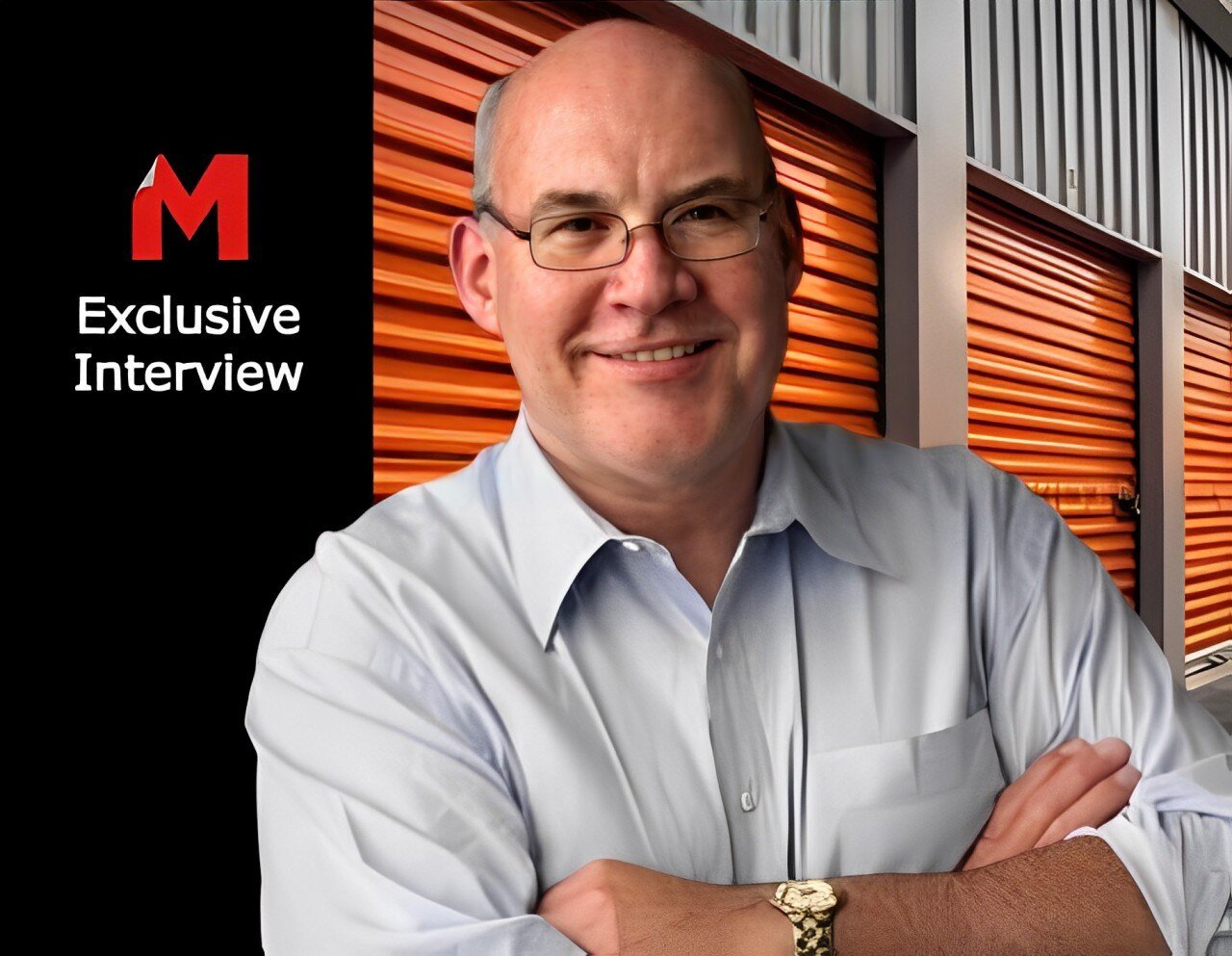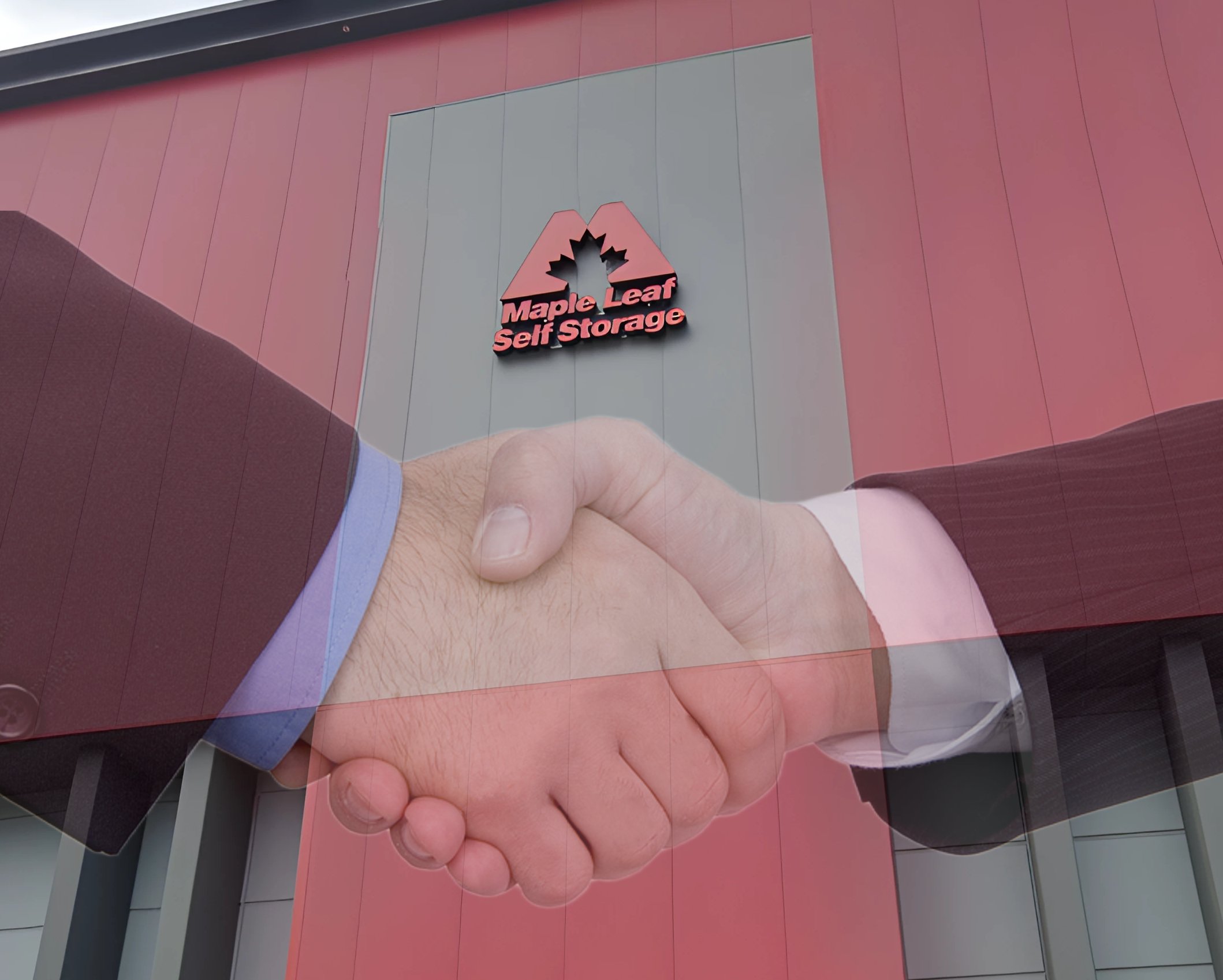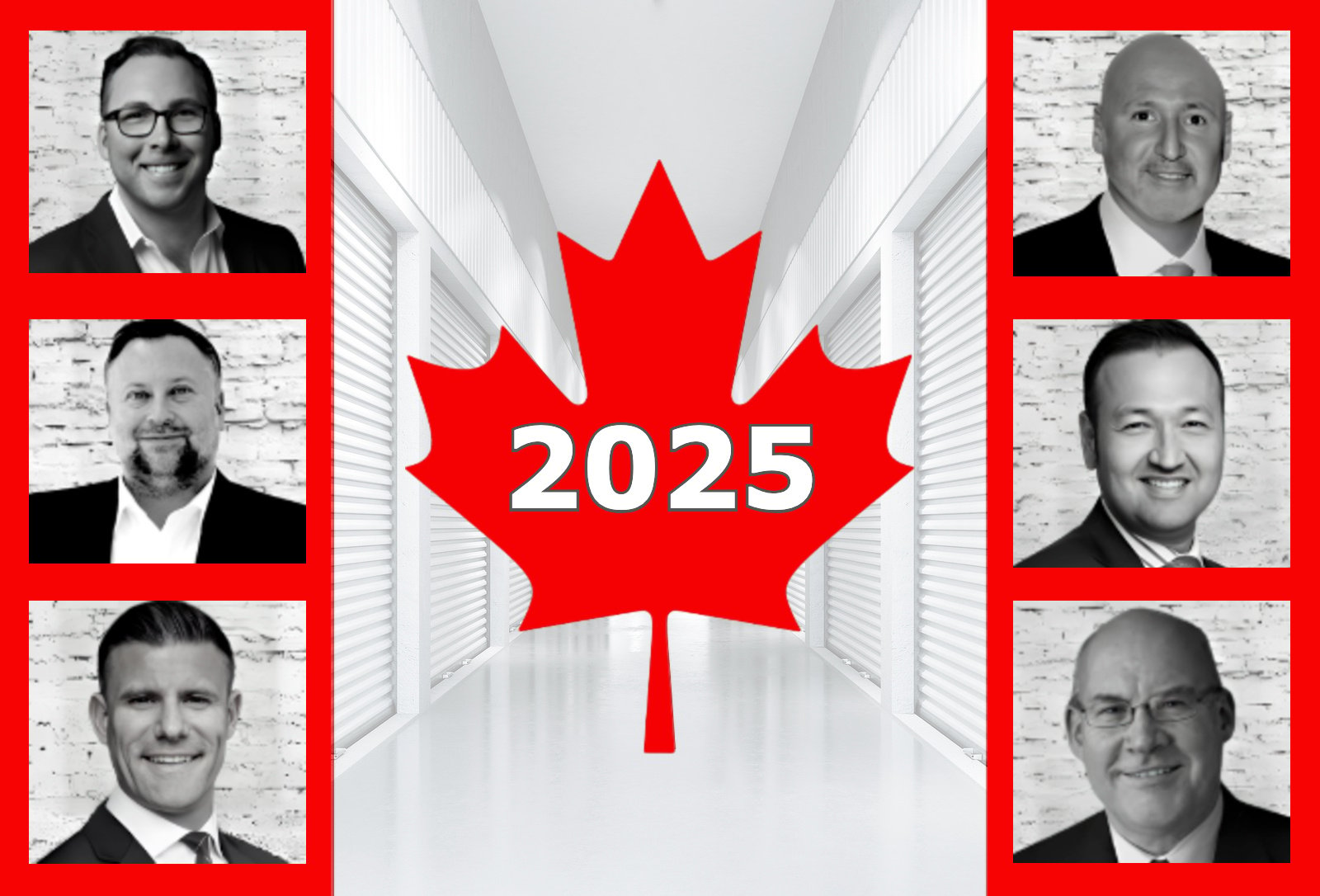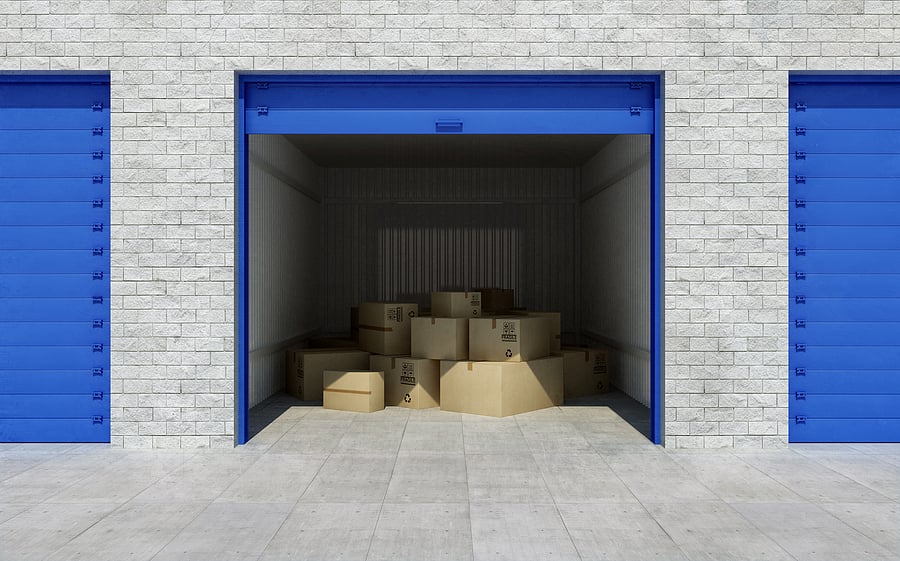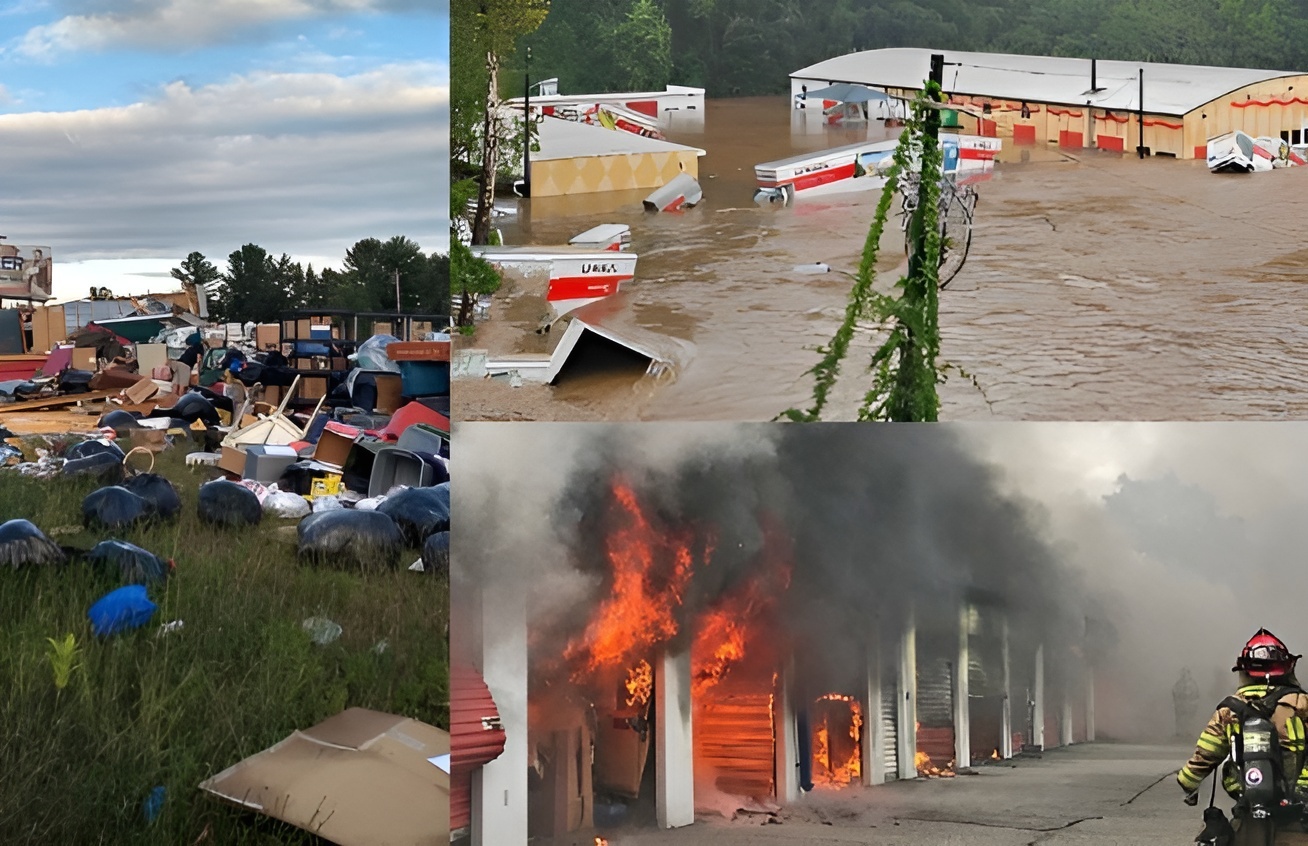Lay Of The Land: Self-Storage In Latin America
What’s New In Latin America?
I have been working with self-storage developers in Latin America for more than 12 years now. In general, the outlook has issues. There are challenges and concerns when you break it down country by country, but opportunities exist. The fascinating fact is that when one country slows down others pick up. Given our industry development cycle, the key, like any [AR1] real estate play, is timing and location.
The two countries with the largest number of facilities are Mexico and Brazil. Both with approximately 140 facilities each, countrywide, concentrated in the larger urban markets such as Sao Paulo and Mexico City. With the awareness factor steadily growing, movement into secondary markets offers some real opportunities. Each country with several cities in excess of a million people (Chile, Colombia, and Panama) has seen steady growth in facilities, with growing interest in all three countries.
“Since August of last year, I have had the chance to visit self-storage facilities and visit with owners and developers in Brazil, Peru, Colombia, Panama, Dominican Republic, and Mexico,” says R. Ashton Rowles, MAI, MRICS, executive managing director/LATAM valuation and advisory services for Colliers International. “I am seeing more and more real estate investors [AR2] in the Latin America markets paying attention and considering self-storage. Part of what is driving this is the success of self-storage in the United States.”
Ashton, along with Colliers and the support of operators throughout Latin America, is conducting the first ever survey of Latin American self-storage operations. He hopes to present his findings at the 2016 LanAm Expo in Panama City on July 23 and 14 (www.lanamexpo.com).
Politics And Economics
These two factors often hold the key to success in these markets. Keeping in mind that with more than 21 sovereign countries in this region, and an additional 25 in the Caribbean, the political landscape can change almost daily. In some cases, these changes can open up completely new markets such as Cuba, Venezuela, or Argentina. Economies can fluctuate and hamper develop as in Brazil. Even though Brazil is in its worst recession in years, there is new development. We have seen large investment funds enter this market in the last five years, creating great new products and generating large expansion and growth. However, this has some downsides including rate compression and occupancy challenges. The positives are additional awareness, quality developments, and expansion of the market demand. Consensus is that this will pass; today there may be opportunities generated by falling real estate prices. Given our long development cycle, long-time Latin investors, who have survived past economic downturns, view this as an opportunistic period.
I recently participated in a GRI (Global Real-estate Institute) forum in Mexico City. There continues to be interest in the opportunities a moderately improving Mexican economy offers. Several developers and fund managers indicated a desire to get a better understanding of the self-storage segment. Other markets mentioned here were Colombia, Peru, and Panama.
Ricardo Aceves, third, senior economist at FocusEconomics says, “The impact of low oil prices on Latin America’s oil producers and, ultimately, on the region’s economic growth, was clear in 2015. The economy contracted 0.2 percent last year, which was the first time the region entered into recession since 2009. The region’s main oil producers are Brazil, Mexico and Venezuela, with an estimated oil output of 2.5 million barrels per day (mbpd), 2.6 mbpd, and 2.4 mbpd, respectively, in 2015. In per-capita terms, Colombia, Ecuador, and Venezuela are the most reliant on oil. Venezuela is by far the most vulnerable economy to declines in global oil prices, followed by Ecuador and Colombia.”
Aceves adds, “Inflation in Latin America shot up in 2015 and continued to rise at the start of the year. According to a gauge elaborated by FocusEconomics, the inflation rose from 19.3 percent in December 2015 to 20.7 percent in January, mainly due to increases in the majority of economies, including Colombia, Mexico and Peru. Inflation in Brazil remained stable at a multi-year high in January; and although Venezuela did not release official data, inflation is likely to have remained close the 200 percent mark.” Despite all these concerns, next year, the region’s economy is expected to perform better, growing 2.3 percent.
Lest we not forget how our segment fared during the downturn of 2008 to 2010. Most perceptive developers are keenly aware of this fact, worldwide.
Growth And Development
“While there is still strong demand for self-storage in the U.S., self-storage is becoming an interesting proposition for real estate investors in the emerging markets,” Ashton says. “Many see huge potential. So far, we are typically only seeing a developer owner market, but these developers are beginning more and more to build innovative facilities and developing business plans that are being funded by some serious international funds.”
M3, an international real estate fund, invested in self-storage throughout Europe, recently partnered with HSI, a local Brazilian real estate fund to create the Good Storage brand. In addition to the four facilities they opened in 2015, they plan to expend six more in 2016. Equity International, which purchased a majority stake in Garde Aqui in 2011, has added Morgan Stanley and the Texas Teachers Ranger pension fund to grow the original three properties to more than 14 as of the beginning of 2016, with plans to increase six a year going forward. Another fund TRX launched Metrofit in Sao Paulo, which utilizes management support from US based Metro Self-Storage. M3 has also recently purchased the nine unit Rezepka portfolio in Chile. I personally have had conversations with four other interested investment funds reviewing Latin American self-storage opportunities. The challenge remains that most funds want to acquire an interest in established [AR3] quality platforms that they can grow, which are very limited, so far.
What I see are pockets of opportunity. One of my clients just opened the first ever true self-storage facility in downtown Lima, a city with a population of seven million people. Ecuador, Bolivia, and Paraguay have none. I am in discussions with a potential client in Managua, Nicaragua, which is also a new market. Countries that have had successful developments in primary urban centers have seen successes in secondary markets: Campinas, Manaus, Belo Horizonte, and Brasilia are a few in Brazil. The important factor to consider here is the metrics. In the United States, where every person is a potential customer, awareness is above 90 percent; surveys tell us that 50 percent of the population has used self-storage, while at least nine percent of the population is currently renting a unit. Supply roughly equals demand at approximately six to seven square feet per person.
Outside the U.S., we calculate that only 20 percent of the population are potential customers and, perhaps, demand is less than two square feet per person. With an estimated combined population of 650 million people, the projected target could be as high as 130 million people, with an anticipated demand of 260 million square feetof storage. If we generously assume around 400 facilities, each with 50,000 square feet of net rentable storage, the market today offers only 20 million square feet—a potential gap of 110 million square feet of opportunity.
Expectations are that the trade show in Panama City in July will offer a window into what operators are doing in this arena as well as a formal introduction for investors and developers who are interested in exploring the opportunities available throughout the region.
-
David Blum is the president of Coral Springs, Fla.-based Better Management Systems, LLC; co-founder of the Florida Self-Storage Association; and a frequent contributor to the MSM.
More Content
Popular Posts
The self storage industry is in a precarious...
Joe Shoen, CEO of U-Haul, has had enough.
Like its name implies, Surprise, Ariz., a...
Joe Shoen has had enough.
In a record-breaking deal finalized May 12,...
Senate Bill 709 (SB709) has many in the...
Donald Trump has just reclaimed the White...
The question of “abandonment” of stored...
Self-storage operators wear a lot of hats....
In 1992, Clinton strategist James Carville...
Recent Posts
When Neville Kennard left for a work trip to...
Self-storage software is no longer...
The self-storage industry continues to...
Fires in California. Tornadoes in Kansas....
From policy pivots in Ottawa to tariff...
Self-storage operators have struggled to...
Their signature red coats may draw attention...
Nailing down Josh and Melissa Huff for an...




